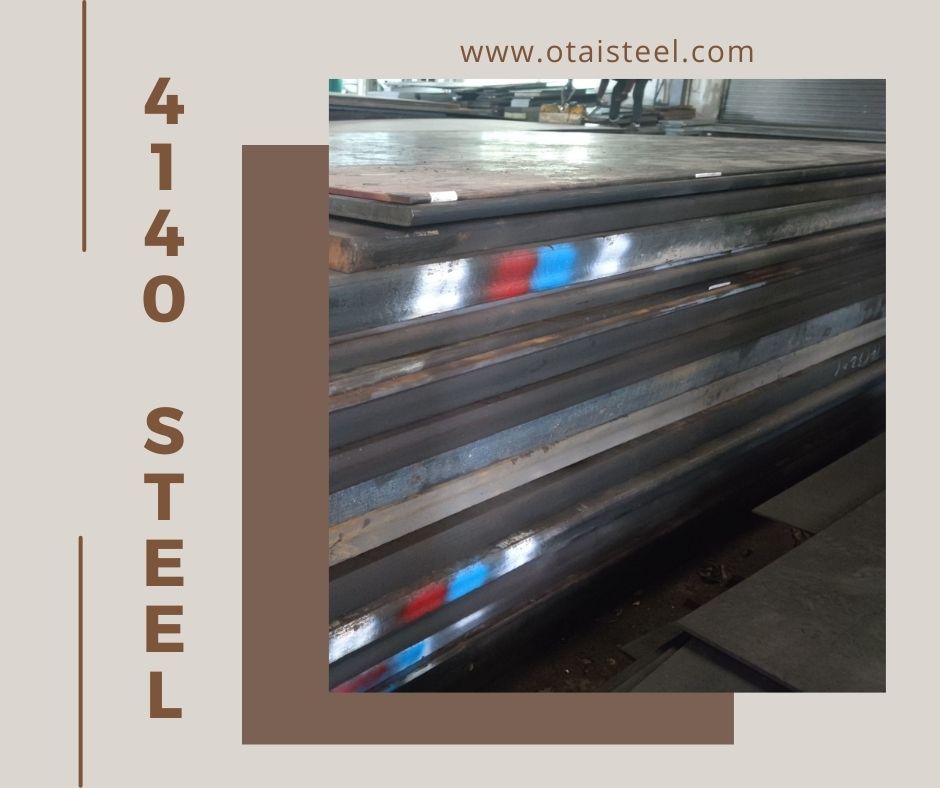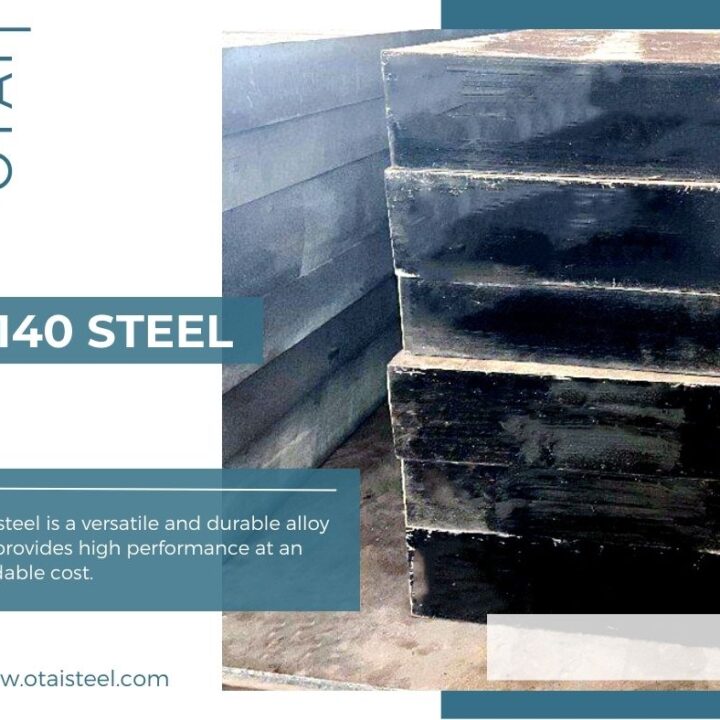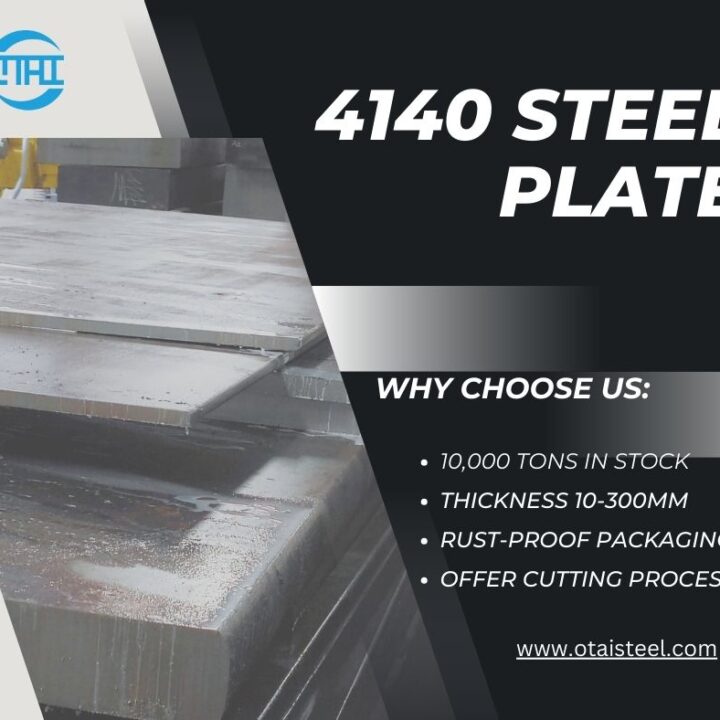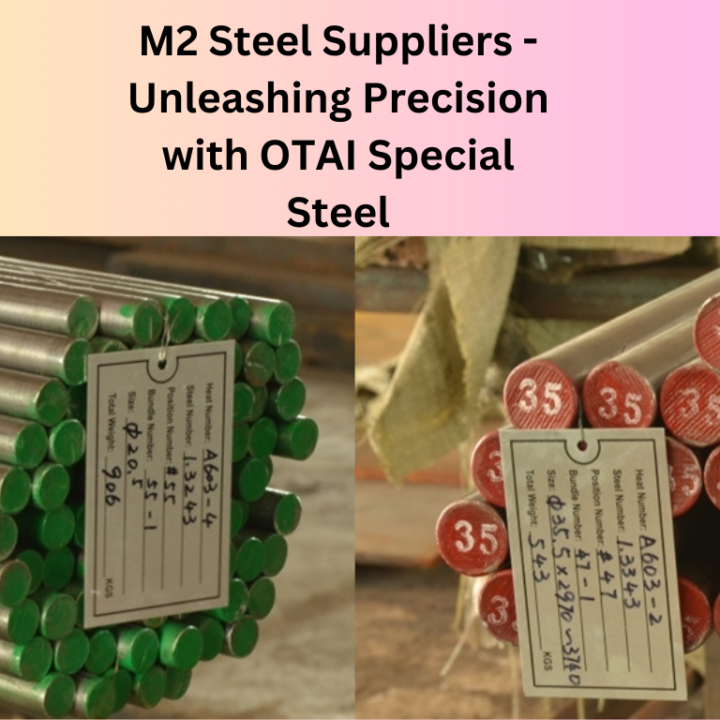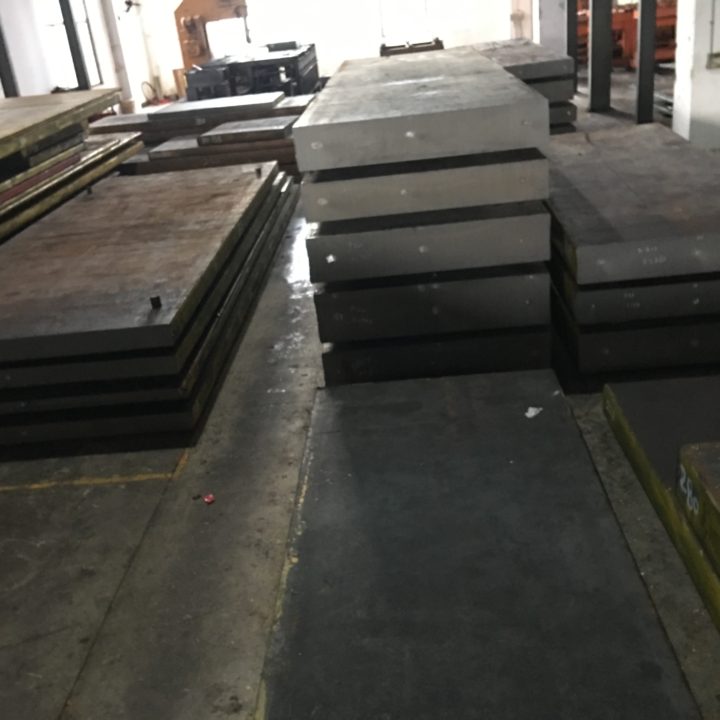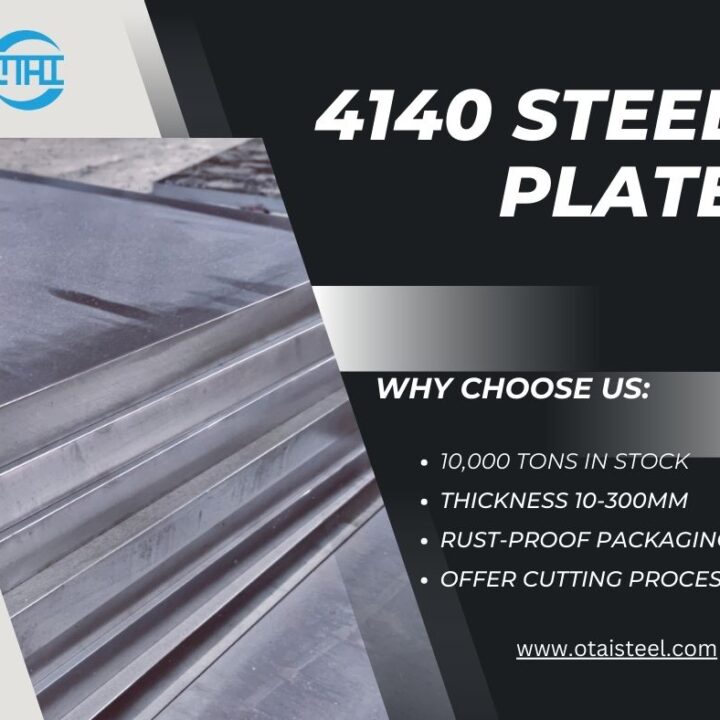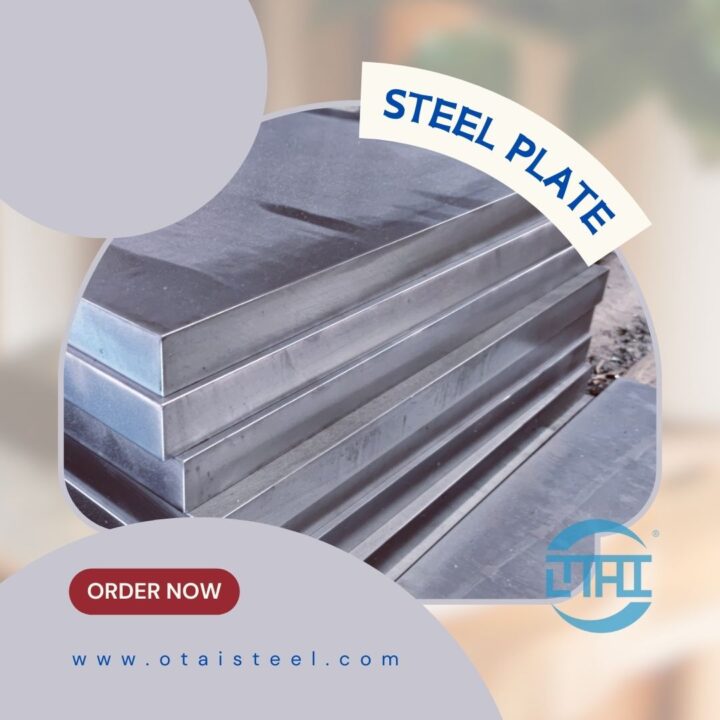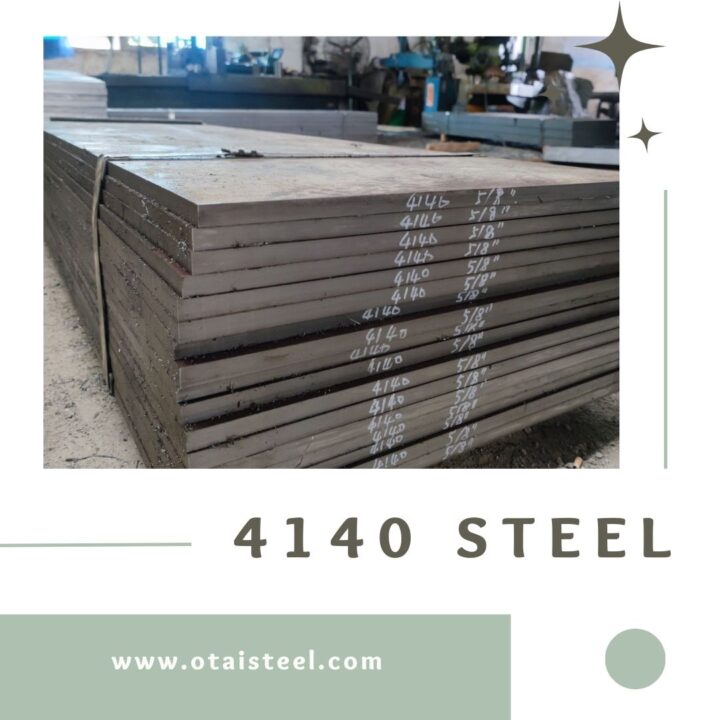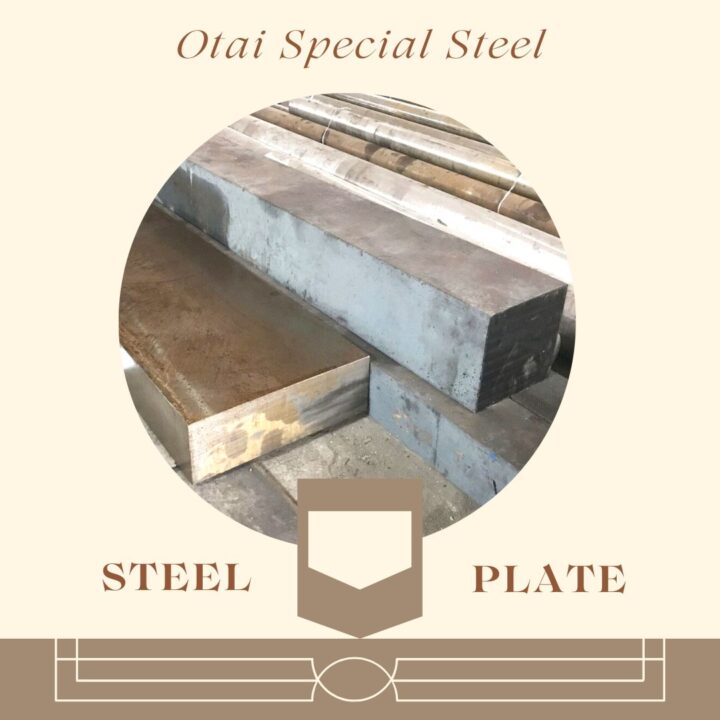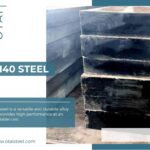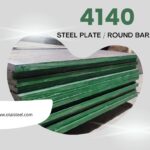Comparative Analysis of 4140 Steel and Aluminum Alloys: Strength, Weight, and Cost
When selecting materials for industrial applications, engineers usually consider factors such as strength, weight, and cost. Two popular materials commonly compared in this regard are 4140 steel and various aluminum alloys.
Strength
4140 steel is a low alloy steel with a high strength-to-weight ratio. It is known for its toughness, wear resistance, and ability to hold edges. The tensile strength of 4140 steel is usually around 655 MPa (95,000 psi). It is suitable for high-stress applications such as gears, shafts, and wheel shafts.
The strength-to-weight ratio of aluminum alloy is lower than that of 4140 steel. However, it has other advantages, such as high corrosion resistance, and good thermal and electrical conductivity. Aluminum alloys have tensile strengths ranging from 90 to 570 MPa (13,000 to 83,000 psi), depending on the particular alloy and its tempering.
Weight
One of the main advantages of using aluminum alloy is its low density. This makes it ideal for applications where weight needs to be taken into account. The density of aluminum alloys ranges from 2.7 to 2.8 g/cm3, about one-third that of steel (7.8 g/cm3).
Cost
The cost of materials is always an important consideration in any engineering project. Generally speaking, aluminum alloy is more expensive than 4140 steel. This is partly due to the higher cost of raw materials and the more complex manufacturing processes required to produce aluminum alloys. However, the cost of aluminum alloys can vary greatly depending on the specific alloy, the shape and size of the material, and the quantity ordered.
The choice between 4140 steel and aluminum alloy depends on the specific requirements of the application. If you need high strength and toughness, 4140 steel is a good choice. However, if weight reduction is a priority, aluminum alloy is a better choice due to its lower density. Cost is also an important factor to consider, and while aluminum alloys are generally more expensive, costs can vary widely depending on the specific alloy and other factors.
The engineer must carefully evaluate the advantages and disadvantages of each material to make an informed decision. To provide cost-effective and reliable solutions for their specific applications. (Comparative Analysis of 4140 Steel and Aluminum Alloys)
